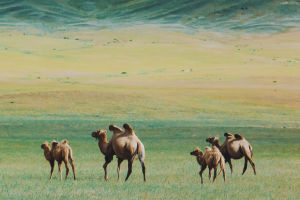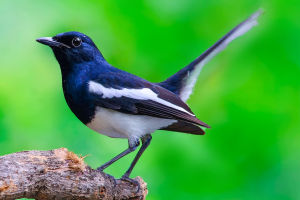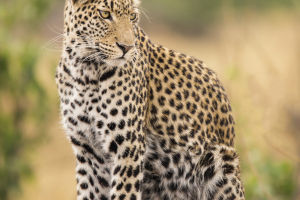Iceland, a land of breathtaking landscapes and untamed beauty, is home to a unique and remarkable creature - the wild Arctic fox.
The Arctic fox (Vulpes lagopus) is a small mammal belonging to the Canidae family.
Known for their distinctive thick white fur during winter and brownish-grey coats in summer, they have a compact body and a bushy tail. Their keen senses, including excellent hearing and a strong sense of smell, aid in their survival in the challenging Arctic environment.
Arctic foxes have evolved remarkable adaptations that enable them to thrive in the harsh conditions of Iceland's Arctic regions. Their thick fur provides insulation against the frigid temperatures, while their short ears and snout help reduce heat loss. Their paws are covered in fur, acting as built-in snowshoes, allowing them to walk effortlessly on snow and icy terrain.
Arctic foxes play a crucial role in Iceland's ecosystem as predators and scavengers. They primarily feed on small mammals, such as lemmings and voles, as well as birds, eggs, and carrion. During the summer, they take advantage of the abundance of insects and berries. Their foraging activities help maintain a balance in the population of their prey species.
Arctic foxes exhibit fascinating breeding habits and life cycles. They typically form monogamous pairs and mate for life. Breeding season occurs in late winter, with females giving birth to litters of four to six pups in underground dens. The parents work together to raise the young, providing food and protection until the pups are old enough to venture out on their own.
While the Arctic fox is a symbol of resilience, it faces several threats in Iceland. Human activities, including habitat destruction, pollution, and climate change, pose significant challenges to their survival. Rising temperatures result in the reduction of snow cover, impacting their camouflage and access to prey. Conservation organizations and the Icelandic government are working diligently to protect their habitat and raise awareness about their importance in the ecosystem.
An extraordinary phenomenon found exclusively in Iceland is the rare blue morph Arctic fox. Approximately one in every hundred Arctic foxes possesses a genetic variation that causes their fur to appear blue. This unique coloration, ranging from pale blue-gray to a vibrant azure, is a result of a genetic mutation. Spotting one of these ethereal creatures is an unforgettable experience.
Iceland offers wildlife enthusiasts the opportunity to observe wild Arctic foxes in their natural habitat. The Westfjords and Hornstrandir Nature Reserve are known for their Arctic fox populations, and experienced guides can take visitors on tours to witness these remarkable creatures. It is important to respect their environment, keeping a safe distance to minimize disturbance.
The wild Arctic foxes of Iceland are a testament to the adaptability and resilience of nature. Their ability to survive and thrive in the Arctic conditions is awe-inspiring. As Iceland's iconic inhabitants, they contribute to the delicate balance of the ecosystem.
By understanding and appreciating these magnificent creatures, we can foster a greater sense of responsibility towards their conservation, ensuring that future generations will have the opportunity to witness the beauty of
these elusive and enchanting creatures. As we continue to learn more about the wild Arctic fox in Iceland, it is crucial to support conservation efforts and promote sustainable practices to preserve their habitat.
To witness the magic of the wild Arctic foxes in Iceland, it is recommended to join guided tours led by knowledgeable local experts. These tours provide opportunities for responsible and respectful encounters with these incredible animals while minimizing disturbance to their natural behaviors.
The wild Arctic foxes of Iceland hold a special place in the country's natural heritage. Their resilience, adaptations, and ecological role make them a captivating subject of study and observation. As Iceland continues to welcome visitors from around the world, it is crucial to approach encounters with these creatures responsibly and with the utmost respect for their well-being.
By appreciating the beauty and uniqueness of the wild Arctic foxes and supporting conservation efforts, we can ensure the preservation of their habitat and the survival of this remarkable species for generations to come.


